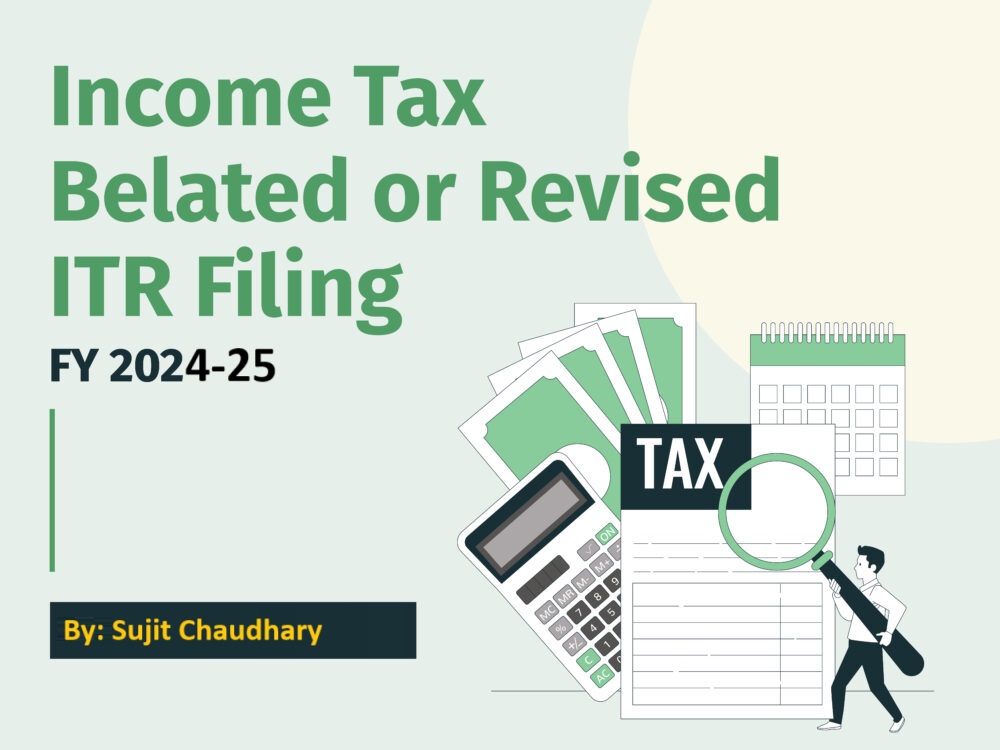Introduction
Tax Deducted at Source (TDS) and Tax Collected at Source (TCS) are essential mechanisms under the Income Tax Act, 1961. They facilitate the collection of taxes at the source of income generation or transaction, ensuring timely revenue for the government. This article provides an overview of TDS and TCS, their key features, rates, and compliance requirements.
What is TDS?
Tax Deducted at Source (TDS) is a tax collection mechanism where a specified percentage of income is deducted by the payer before making the payment to the recipient. The deducted amount is then deposited with the government on behalf of the recipient.
Key Features of TDS
- Applicable Payments: Salaries, interest, rent, commission, professional fees, and more.
- Deductor and Deductee:
Deductor: The person or entity making the payment.
Deductee: The person or entity receiving the payment.
- Threshold Limits: TDS applies only when the payment exceeds prescribed limits.
- TDS Rates: Vary depending on the nature of payment and recipient.
TDS Example
Scenario: A company pays ₹10,00,000 in professional fees to a consultant.
TDS Rate: 10%
TDS Amount: ₹1,00,000 is deducted and deposited with the government. The consultant receives ₹9,00,000 and claims the TDS credit while filing their Income Tax Return (ITR).
What is TCS?
Tax Collected at Source (TCS) is a tax collection mechanism where a seller collects tax from the buyer at the time of sale. The collected tax is deposited with the government on behalf of the buyer.
Key Features of TCS
- Applicable Transactions: Sale of goods like scrap, liquor, minerals, or any transaction specified under the Income Tax Act.
- Collector and Collectee:
Collector: The seller or trader.
Collectee: The buyer.
- TCS Rates: Differ based on the nature of goods or transactions.
TCS Example
Scenario: A trader sells scrap worth ₹5,00,000.
TCS Rate: 1%
TCS Amount: ₹5,000 is collected from the buyer and deposited with the government.
TDS and TCS Rates (FY 2024-25)
TDS Rates
TCS Rates
Compliance Requirements
For TDS
- Filing TDS Returns: Quarterly filing is mandatory (Form 24Q for salaries, Form 26Q for other payments).
- Issuing TDS Certificates: Form 16 (salary) and Form 16A (other payments) must be issued to deductees.
- Deposit Deadlines: TDS must be deposited by the 7th of the following month.
For TCS
- Filing TCS Returns: Quarterly filing through Form 27EQ.
- Issuing TCS Certificates: Form 27D must be provided to collectees.
- Deposit Deadlines: TCS must be deposited by the 7th of the following month.
Benefits of TDS and TCS
- Ensures Timely Revenue: Prevents tax evasion by collecting taxes at the source.
- Simplifies Compliance: Automated processes reduce manual intervention.
- Transparency: Encourages proper documentation of transactions.
- Credit Facility: Deductees and collectees can claim TDS/TCS credits in their ITRs.
Penalties for Non-Compliance
- Late Deduction/Collection: Penalty equivalent to the amount of tax not deducted or collected.
- Late Filing of Returns: ₹200 per day under Section 234E until the return is filed.
- Non-Payment of TDS/TCS: Interest at 1.5% per month for late deposit.
Conclusion
TDS and TCS are essential pillars of India’s tax system, ensuring accountability and timely tax collection. By understanding their rules, rates, and compliance requirements, taxpayers can avoid penalties and contribute to a transparent and efficient tax ecosystem. Businesses and individuals alike must stay updated with the latest regulations and file returns accurately to benefit from these mechanisms.


